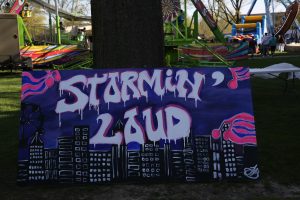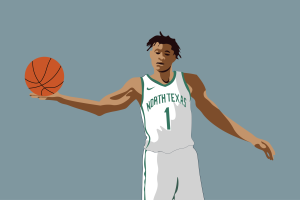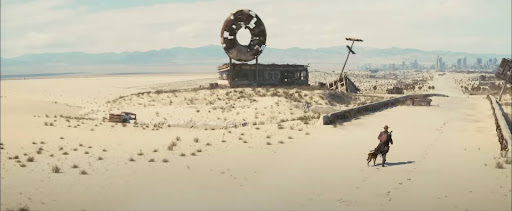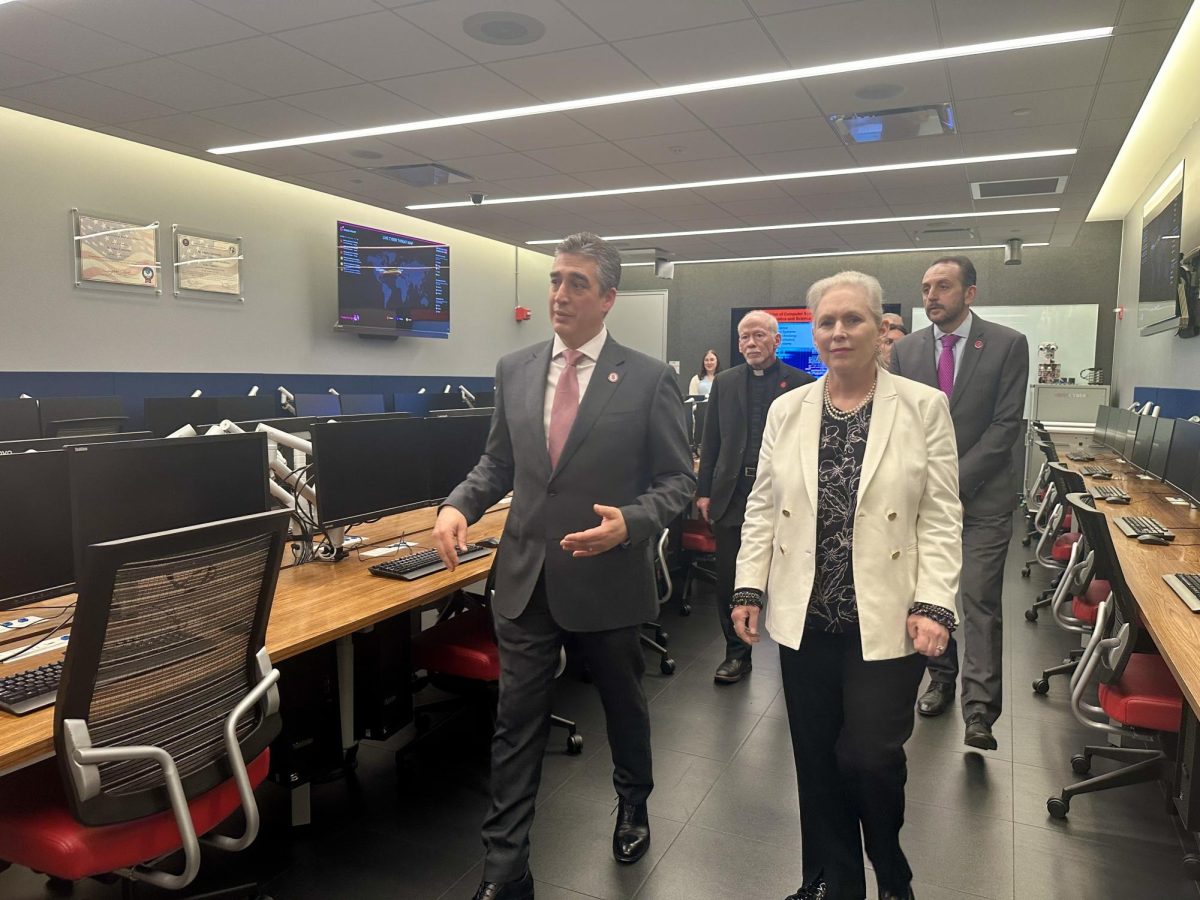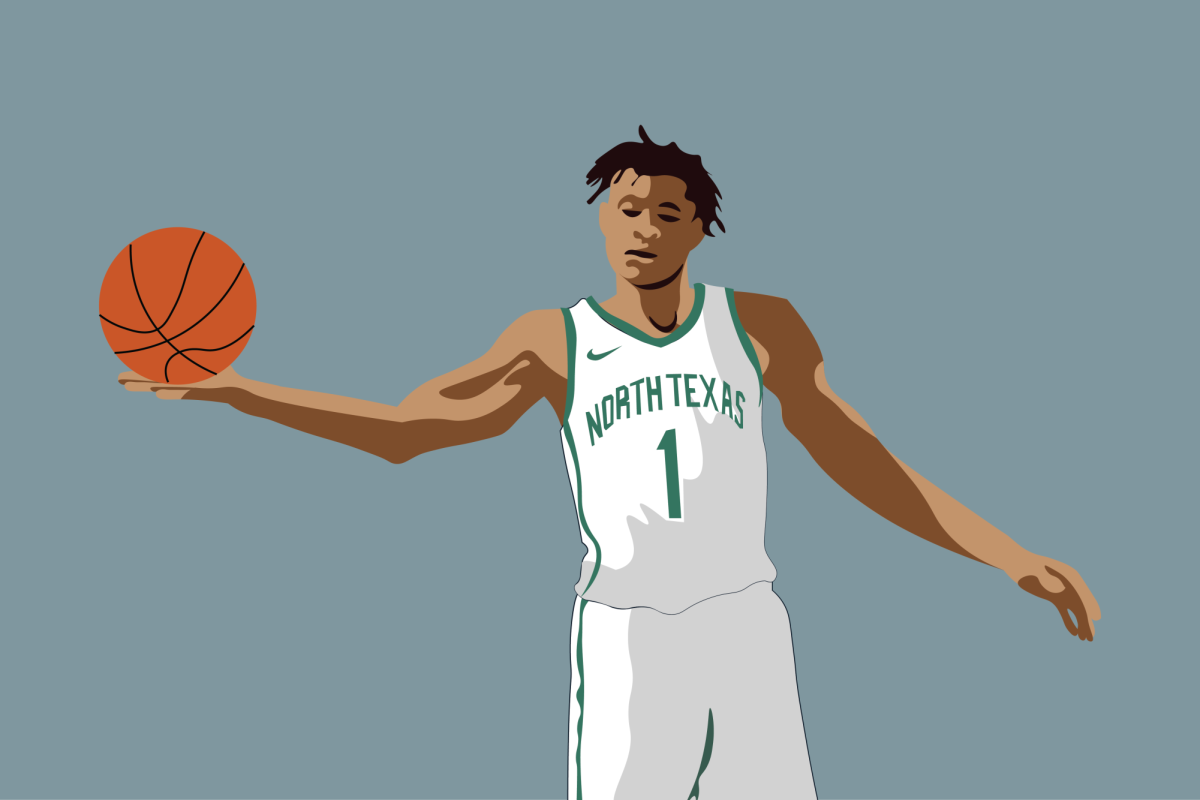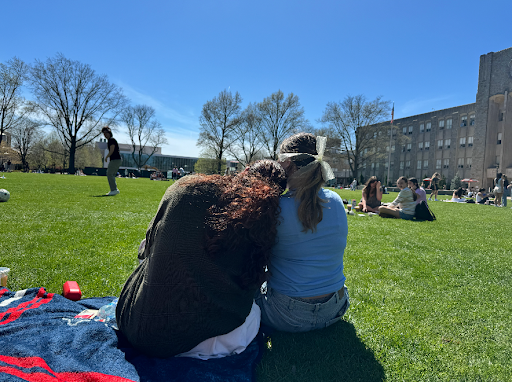Something old and something new – thus is the debut of The Museum of Arts and Design (also known as the MAD), in its new and larger home at 2 Columbus Circle, adjacent to the Time Warner Center. The building has undergone a major renovation.
Originally housing the 1964 Gallery of Modern Art, it was bedecked in marble and virtually windowless, architecture unbefitting to a museum undergoing a facelift itself. (Up until 2002, the museum had been known by the much less sexy name, “The American Craft Museum.”) After extensive renovation the fa√ßade still retains its concave form, following the curve of Columbus Circle, but now features iridescent terra-cotta and glass panels, exuding the spirit of traditional craft materials.
The second and third floors, home to the permanent collection, are at times an odd-conglomeration of the bizarre and the brilliant. (Many of these could not be displayed in the smaller 53rd Street former residence.) Take for instance Adrian Saxe’s mixed media sculpture “Paediphobia.”
Reminiscent of a Dada Mr. Potato Head, it consists of a gourd-shaped stoneware form, crowned with a gear, gold-handle ears, and a Cyclops eye on both front and back of its presumed “head” (somewhere, a stuffed animal has no eyes). This is a clever juxtaposition, because the word paediphobia refers to a fear of children.
Santa Fe potter Judy Naranjo’s intricately patterned earthenware, “Too Much Estrogen” seems more appropriate for this craft-oriented museum. Naranjo, a member of the Tewa tribe in New Mexico, blends the tradition of polished black pottery with a modern hint of feminist wit – potters in her tribe are predominantly women.
Not too far from this, however, sits the disturbing “War Boy – Job No. 1” by Clifford Rainey, a translucent glass form of a young boy’s torso, disemboweled from shoulder to hip and then filled with inert ammunition. In a final gory touch, the body of the sculpture is sewn up with wire and pins. It sits near a window against the backdrop of Central Park.
The following two floors house the exhibition Second Lives: Remixing the Ordinary, featuring works made of found objects, some dramatic, some diminutive, but all equally inspiring. Stuart Haygarth channels Dada and Pop Art in “Spectacle,” a chandelier composed of 1,020 plastic frame glasses. More than just a pun, it encourages the viewer to consider an otherwise dowdy object, repeated in such magnitude, as elegance.
Use of everyday objects, multiplied to represent an altogether separate whole, is a motif used in Devorah Sperber’s “After the Mona Lisa 7,” consisting of 5,084 spools of sewing thread making up what seems to be an unintelligible, pixilated image.
Yet when you look through a viewing sphere, the image is flipped and recognizable. The message of Second Lives was fully expressed in Paul Villinski’s site-specific installation “My Back Pages.” Inspired by Arlo Guthrie’s song “My Front Pages,” Villinski altered a collection of some of his favorite vinyl records, acquired over thirty years.
The records have been transformed, via scroll saw, into butterflies. Rising from the record player, they seem to swirl and flutter along the wall. Villinski saw the process of listening to the records before their metamorphosis as a way of releasing their meaning to the world. Through this transformative destruction, the music has taken on a new life.
Though it may be a seemingly wacky mix of pieces, clearly a sign that the museum is in the process of becoming comfortable with its own transformation, it is worth a visit for the views alone. Luckily, you can peruse without a hefty admission fee: on Thursdays admission to MAD is pay-what-you-wish.
Museum of Arts and Design
2 Columbus Circle
A, B, C, D, 1 to Columbus Circle/59th St
Madmuseum.org


